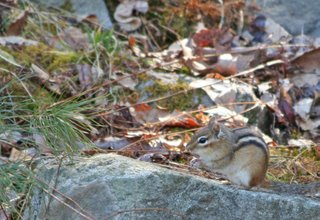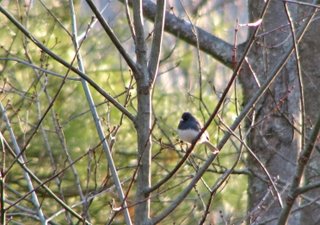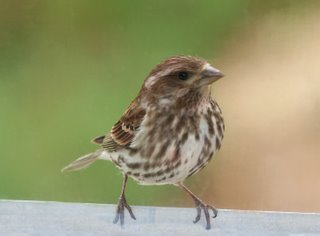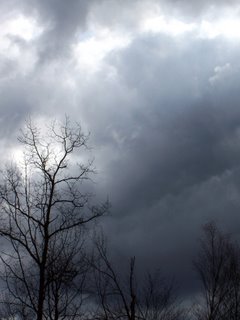10 Most Beautiful Birds Meme
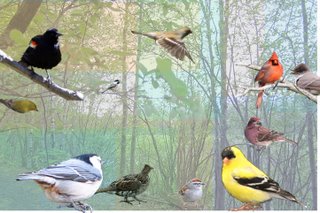 Tagged by Somewhere in NJ who says she got this meme from John at A DC Birding Blog: John says, "A few days ago I posted a link about some ornithologists that created a list of the most beautiful birds in North America. Nuthatch commented that this had the makings of a meme, and I think that is a great idea. So now that migration is underway and most birds are appearing in their finest spring breeding plumage, what do you consider the most beautiful birds?Rules: Post a list of the 10 birds you consider most beautiful on your blog; you may limit the list to the ABA area (continental United States and Canada) or use a geographic area of your choice. Mark birds you have seen with an asterisk. Tag 3 bloggers to keep it going."
Tagged by Somewhere in NJ who says she got this meme from John at A DC Birding Blog: John says, "A few days ago I posted a link about some ornithologists that created a list of the most beautiful birds in North America. Nuthatch commented that this had the makings of a meme, and I think that is a great idea. So now that migration is underway and most birds are appearing in their finest spring breeding plumage, what do you consider the most beautiful birds?Rules: Post a list of the 10 birds you consider most beautiful on your blog; you may limit the list to the ABA area (continental United States and Canada) or use a geographic area of your choice. Mark birds you have seen with an asterisk. Tag 3 bloggers to keep it going."This is an unbelievably difficult task...
I went through my bird guide and made a v-e-r-y- l-o-n-g list of birds that I think are really beautiful. I sorted and sorted again and finally came up with:
- Indigo Bunting *
- Vermillion Flycatcher *
- Painted Bunting *
- Carolina Wren *
- California Quail *
- American Avocet *
- Snowy Egret *
- Scissor-tailed Flycatcher *
- American Kestral *
- American Goldfinch *
Well - that makes ten but there are at least another twenty birds on my list of "most beautiful birds" I was surprised to discover that none of the warblers made my list and the flycatchers came in with the most entries.
I am tagging:Rexroth's Daughter
Cindy at Wood Song
Harmony in Line
and any others who wish to share their list of most beautiful birds.
[The birds in the graphic are not the ones on my list - I still hope to get a chance to capture photos of all of them before the end of the year... I have to say a special thanks to harmony for her help with Adobe - she keeps passing on the the things she is learning and I keep exploring to see what will happen.]




